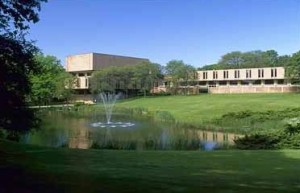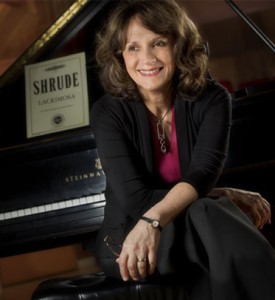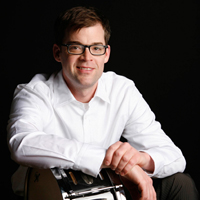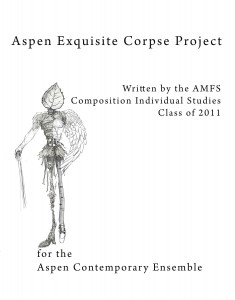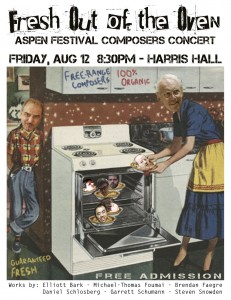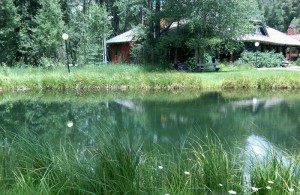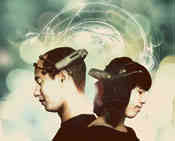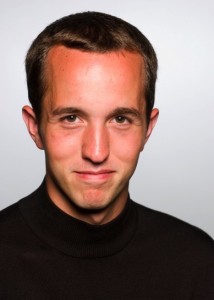
Up until this last weekend, the true new music season was yet to begin at the University of Michigan. True, fabulous the Symphony Band and members of the performance faculty have already made fabulous presentations of contemporary music (as I’ve written about), but the two groups most dedicated to the work of living composers – the students of the Composition Department and the Contemporary Directions Ensemble – did not start their engines before last Saturday.
Although it is gaining momentum at the University of Michigan, the Contemporary Direction Ensemble is one of Ann Arbor’s best kept secrets, thanks in large part to its dynamic director Christopher James Lees. Maestro Lees’ commitment to new music is only matched by his charisma and musical ability. In the case of the group’s first concert of the season on Saturday, all three of these qualities were overshadowed by Mr. Lees’ perspicacious programming. If I wanted to be understated, I would say the selection and ordering of works was immaculate, but I prefer language more elaborate. I was entrained from beginning to end by the beguiling ebb of instrumental strength, musical style and length as each work passed to the next. Collectively, the pieces Mr. Lees selected attacked me, beckoned me, mesmerized me, connected me to an imagined past, nuzzled me, astonished me and drove me to tap me feet. It was the most engaging, well-constructed and consistent new music event I’ve ever attended. So, without discussing (or identifying!) any of the individual works and performances, I can confidently declare that, at least on Sunday night, Maestro Lees and his performers were far beyond reproach.
The first work on the program was Chris Theofanidis’ Raga (1992), scored for pierrot-plus. As the program note mentioned, the piece makes many allusions to Indian music, mainly through the use of drones, melodic slides and the bongo drums’ ‘faux-tabla’ groove. Overall, the work moves from simplicity – one note colored variably in the ensemble – to more melodic complexity. Raga is tied together by the consistency of the melodic material and the two percussion parts: the bongos are omnipresent and gong hits accompany most of the important structural delineations in the piece. As I’ve indicated, all the melodic/harmonic material is very closely related throughout, so development takes place in subtle ways such as increased ornamentation when melodies return, thickening the contrapuntal landscape (which produces a kind of whitewash effect since the mode is shared in all the lines), and so forth. The only notable contrasting ideas come in the form of dissonant clusters in the piano, which play an important role in leading the piece to its climatic conclusion of towering, static harmonies.
